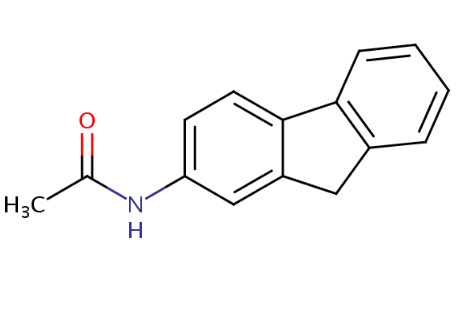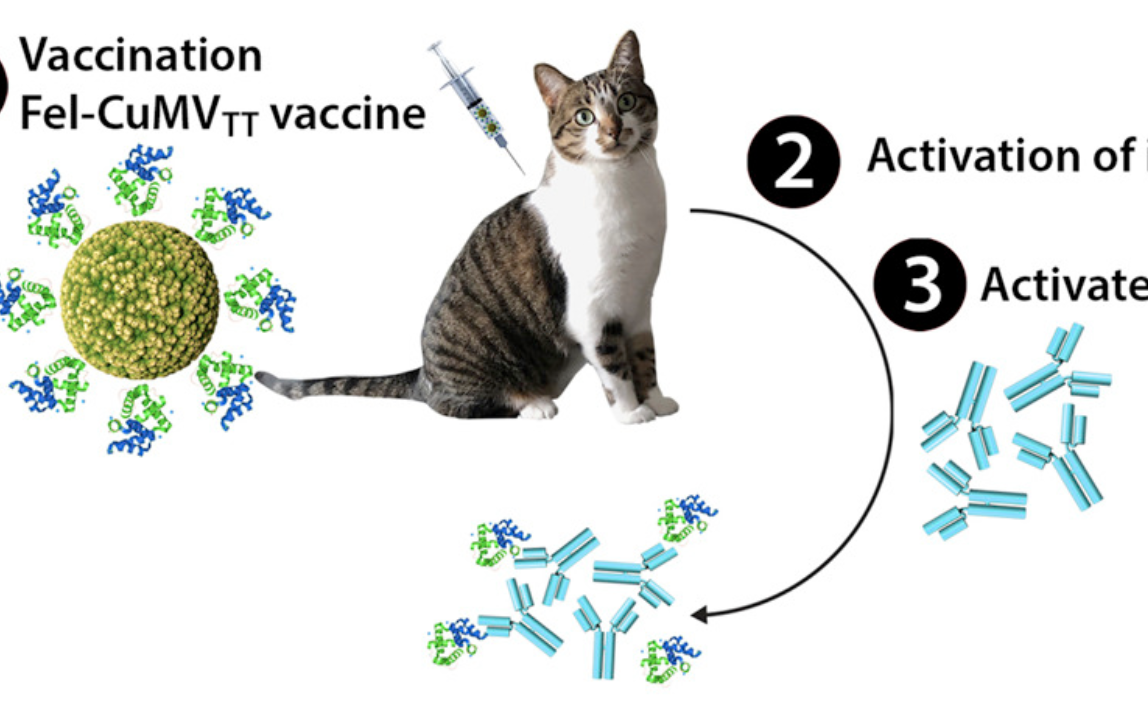Key features and details | |
Cat. No. | MABL-343 |
Name | Anti-Acetylaminofluorene mAbs |
Clone No. | AFD- K16-16 |
From | Recombinant Antibody |
Isotype | Engineer antibody |
Application | colony hybridization, dot blot hydridization, PCR, plaque hybridization, Southern blot |
Species Reactivity | n/a |
Basic Information | |
Specificity | K16-16 binds to AAF-labelled DNA. AAF is used to label DNA and RNA by binding covalently at the C8 position of guanosines; AAF can then be detected using anti-AAF antibodies. |
Alternative Name | 2-AAF; AAF |
UniProt | |
Immunogen | K16-16 mAb was generated by immnizing BALB/c mice with acetyl aminofluorene-substituted guanosine (Le Guernet al, 1984). RNA derived from this hybridoma clone was then used to construct a phage display library and was selected for by its affinity for AAF-labelled sonicated salmon sperm DNA in an ELISA screen. |
Application Notes | K16-16 was used to construct a recombinant conjugate by fusing PhoAv bacterial phosphatase. The conjugate was used for one-step immunodetection of DNAs and RNAs in dot-blot, colony and plaque hybridization and in Southern/northern blot hybridization. It has also been used to detect PCR products |
Antibody First Published | Muller et al. Recombinant single-chain Fv antibody fragment-alkaline phosphatase conjugate for one-step immunodetection in molecular hybridization. J Immunol Methods. 1999 Jul 30;227(1-2):177-85. PMID:10485265 |
Note on publication | Describes the construction of a phage display library and the conjugation of the antiAAF scFv to PhoAv by recloning the scFv gene into the fusion vector pLIP6v and by producing the resulting scFv–PhoAv hybrid protein in E. coli. This was then shown to be used as a one-step method for immunodetection. |
COA Information (For reference only, actual COA shall prevail) | |
Size | 100 μg Purified antibody. |
Concentration | 1 mg/ml. |
Purification | Protein A affinity purified |
Buffer | PBS with 0.02% Proclin 300. |
Concentration | 1 mg/ml. |
Storage Recommendation | Store at 4⁰C for up to 3 months. For longer storage, aliquot and store at - 20⁰C. |






